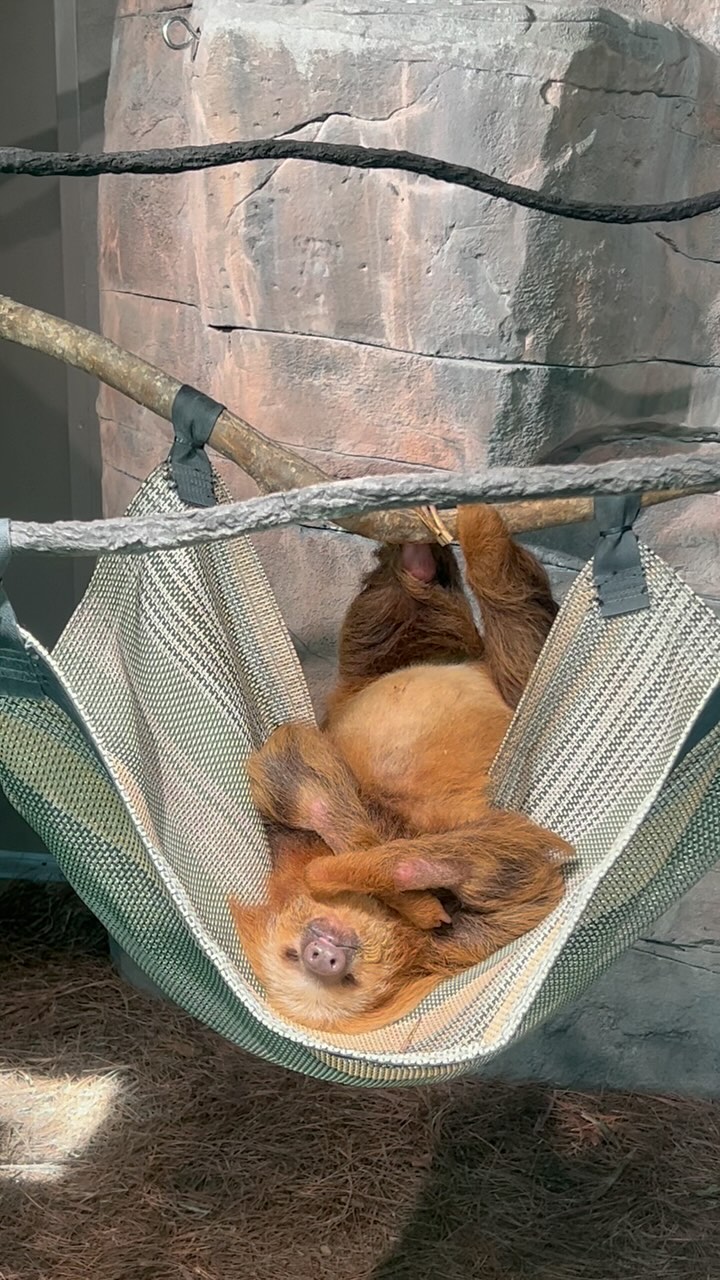- Overview of Chata’s Ecological Characteristics and Habitat Preferences
- Role of Zoo Management in Enhancing Conservation Efforts
- Importance of Genetic Diversity and Breeding Programs
- Collaborative Approaches in Wildlife Conservation
- Public Engagement and Education to Foster Environmental Stewardship
Chata’s Ecological Characteristics and Habitat Preferences
When discussing Chata, it’s essential to delve into their vivid ecological adaptations and habitat choices. These creatures are known for their intricate interplay with their environment. While the subject of this discourse could refer to varying wildlife species, for our purposes, it’s critical to recognize their specific ecological roles and adaptations. These wildlife animals are generally found in diverse ecosystems, each contributing uniquely to biodiversity. Their habitat preferences often span dense forests, grasslands, or coastal areas, which provide essential resources such as food, shelter, and breeding grounds.
The ecological niche occupied by Chata is integral to maintaining ecological balance. These species contribute to their ecosystems by controlling prey populations, dispersing seeds, and facilitating nutrient cycling. Understanding these ecological characteristics is vital for conservation strategies. Maintaining the right balance of habitat components is crucial for their survival.
Role of Zoo Management in Enhancing Conservation Efforts
Zoo management plays a crucial role in wildlife conservation through various programs. Institutions around the world are increasingly focusing on creating environments that replicate natural habitats. These efforts are aimed at fostering the well-being and behavioral health of Chata in captivity. Zoo management utilizes advanced techniques in nutrition, enclosure design, and environmental enrichment to sustain optimal living conditions for wildlife species.
Collaboration with researchers and conservationists allows zoos to contribute significantly toward safeguarding species from extinction. This sector becomes a beacon for scientific research, offering valuable insights into animal behavior, genetics, and reproductive biology. These efforts extend beyond simple exhibition, aligning with broader conservation goals.
Importance of Genetic Diversity and Breeding Programs
Genetic diversity is the bedrock of healthy populations, providing the resilience needed to adapt to environmental changes. Breeding programs in captivity are crucial in maintaining this diversity, particularly for endangered species. Such programs are meticulously planned to avoid inbreeding, which can lead to genetic disorders and reduce the overall fitness of populations.
Innovative reproductive technologies, including artificial insemination and genetic mapping, assist in successfully breeding Chata in captivity. These techniques help introduce new genetic lines, reducing relatedness within captive populations. By preserving a wider genetic pool, zoological institutions can support stable and healthy populations, ready for any potential reintroduction projects.
Collaborative Approaches in Wildlife Conservation
Wildlife conservation is a collaborative effort requiring the partnership of governments, NGOs, scientific communities, and local populations. Chata’s survival often depends on coordinated efforts to address critical threats such as habitat destruction, climate change, and poaching. Conservation strategies are most effective when integrating local knowledge with scientific research.
International conservation agreements and local community involvement are driving forces for successful conservation initiatives. By strengthening laws, monitoring populations, and enforcing protected areas, these collaborations help stabilize and eventually increase wildlife populations. Community empowerment through education and sustainable practices also ensures that conservation efforts are resilient and long-lasting.
Public Engagement and Education to Foster Environmental Stewardship
Public engagement and education are fundamental to fostering environmental stewardship. Zoos play an instrumental role in educating the public about the significance of preserving wildlife. Interactive exhibits and educational programs designed for young learners and adults can change perceptions and inspire action.
Chata becomes a symbol through which individuals can understand broader ecological concepts and conservation needs. Visitors exposed to these natural wonders gain a deeper appreciation for biodiversity and the need for sustainable practices. By championing conservation education, society can galvanize collective action to protect wildlife and ensure a robust future for ecosystems around the globe.
Integrating these elements ensures that efforts to safeguard wildlife and enhance ecological well-being progress in a coherent and impactful manner. With continuous support and innovative strategies, Chata can flourish and remain an integral part of our planet’s diverse habitats. The commitment to conservation, education, and collaboration will sustain their existence for generations to come.
*****
Source Description
same Chata


